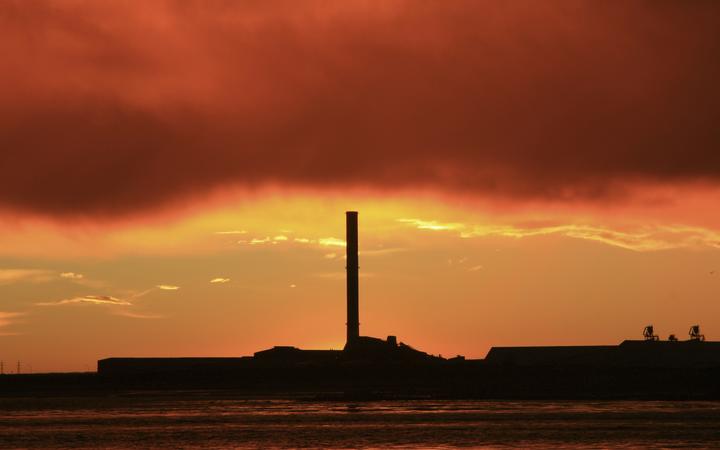But it needs to get a big cut in the price it pays before a deal can be made.
Meridian Energy is keen on selling power to Fonterra but doesn’t want to get any less money than it currently gets from the smelter.
If a deal can be achieved, it is likely that the Clandeboye dairy factory in south Canterbury and the Edendale factory in Southland would switch from burning coal to using electricity.
This possibility has arisen after Rio Tinto announced plans to shut down its aluminium smelter near Bluff after almost 50 years in business.
That would free up one seventh of New Zealand’s electricity consumption and make it available for the rest of New Zealand.
The trouble is, the transmission system is not strong enough to bring all of that power North.
That would leave a significant chunk of electricity stranded after a Tiwai shutdown.
Fonterra is desperate to get out of burning coal, which it concedes has a higher greenhouse gas component than natural gas.
Fonterra’s use of coal also attracts criticism.
But dairy factories use huge amounts of energy.
There is no reticulated gas in the South Island and most electricity prices are way too high to be economic, except for a few experiments on the fringes of the dairy industry.
And so, reluctantly, Fonterra burns coal.
But a far cheaper price for electricity, bought in bulk using economies of scale might provide an alternative.
Both companies began talking about this even before the smelter announced its closure – even exchanging staff to work in each other’s offices – and interest has intensified since the closure was announced.
It is understood the two factories would plan to use about 1500 gigawatt hours of electricity per year.
That is about third of the smelter’s take – and is equivalent to the amount of electricity that would necessarily go to waste after the smelter closes and before transmission lines are upgraded to take the power North.
Meridian’s chief executive Neal Barclay has publicly stated his desire to find an alternative buyer for Tiwai’s power, and has cited Fonterra as a desired partner.
His worry is driven by a big financial fall off from a Tiwai closure – estimated by Forsyth Barr at a $50 million loss in earnings each year.
To stave this off, Meridian wants an alternative customer waiting in the wings to snap up that electricity when the smelter closes.
The pricing situation
But it is determined to get a similar price from Fonterra that it gets from the smelter.
Fonterra wants to get a much cheaper price than the smelter pays, possibly a third to a half less.
All these prices are commercially confidential.
But a small sector of the smelter’s take up has been publicly revealed at 5.5 cents a kilowatt hour, excluding connection costs.
The rest of its usage is thought likely to be at a similar price.
Bulk electricity contracts for large industrial users in the far South are currently 8.0 to 8.5 cents a kilowatt hour.
Fonterra would need to get electricity at one third of the going rate to balance its books.
So that would bring its electricity price to less than 3 cents a kilowatt hour – by far the cheapest power in the country.
It is understood a price at this level might have kept the smelter in business.
At this stage there appears to be a stand off.
Meridian hopes Fonterra will blink, and raise its offer to improve its public relations and avert rising costs of greenhouse gas credits bought on the carbon market.
Fonterra hopes Meridian will blink, and realise some money is better than none at all.
Wild cards
There are some wild cards in this game.
One is that Meridian has gone back to the smelter, with offers of a lower price for electricity.
It is not clear what the smelter will do about this, or how low that offer is.
Another complication is that politicians have got involved, desperate to keep a bad story out of the headlines if possible.
But this is expected at best to delay the Tiwai execution by a year or two, not produce an acquittal.
An extra possibility is that a big electricity user, such as a data processor, could be built in Invercargill to use surplus electricity.
A fourth possibility is that Transpower could make a huge effort and spend hundreds of millions of dollars to build new wires to get Meridian’s spare electricity North to the rest of New Zealand.
But that process might not be successful, or might be delayed.
At this stage, all parties to this dispute are working on multiple scenarios until the situation becomes clearer.













